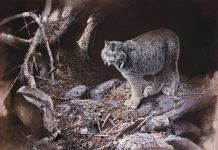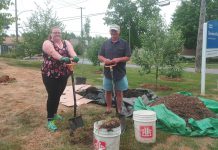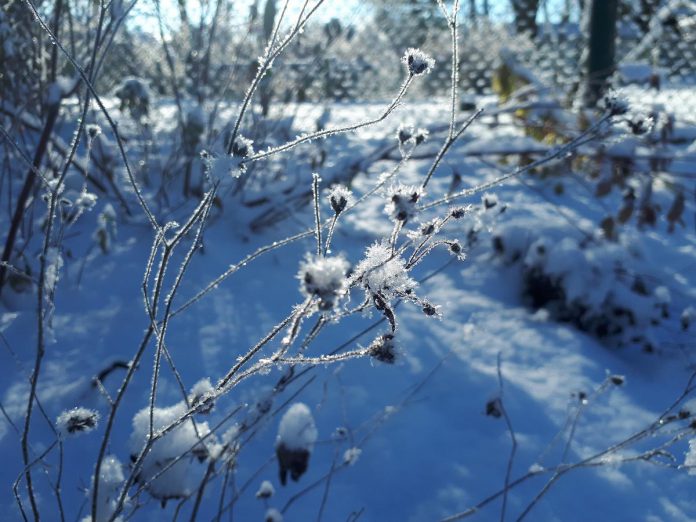
Gardening may be the last thing on your mind as we dive into the depths of winter, but it’s a good time to plan how your garden could look next winter.
Here are some reasons why winter deserves more attention in your gardening practice, and tips for designing your own ‘winter garden’.
Healthy winter gardens provide critical habitat for wildlife
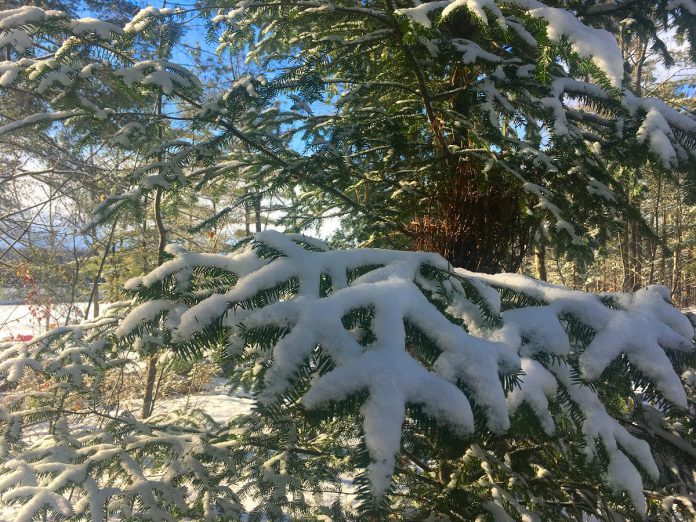
A winter garden is one that has been designed to provide ornamental appeal and ecological benefits during the winter months.
Most of the visual interest in a winter garden comes from dead or dormant plant materials, such as snow-covered grasses, berries, and brightly coloured stems.
Evergreen trees and shrubs, which continue to photosynthesize and grow in the winter, provide excellent visual structure and much-needed greenery.
These plants are equally important for local wildlife. Birds that overwinter in our region eat seeds and berries from a wide range of plants. Mammals that don’t hibernate, such as rabbits, eat bark and small twigs when other food sources are scarce. (Bunnies really love young trees and shrubs, so you might want to protect the trunks of immature trees if you only have one or two of each.)
A garden designed for all seasons can reduce your household energy bills and carbon footprint
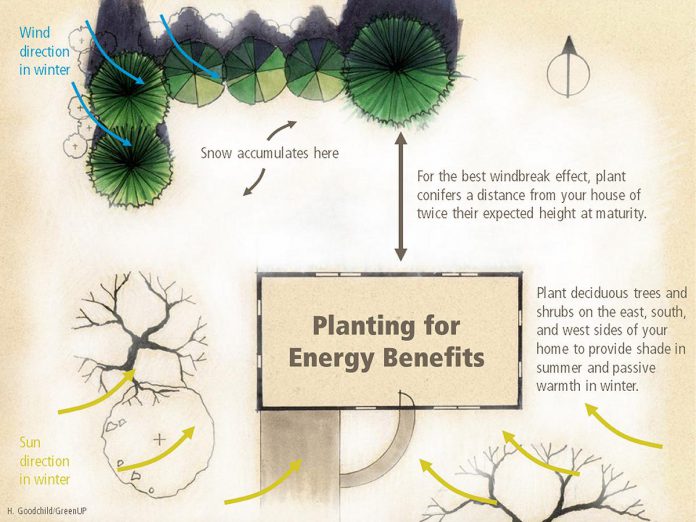
Well-placed trees help cool your home in the summer and retain heat in the winter.
Coniferous evergreen trees planted to the north and northwest of your home can break cold winter winds, which takes pressure off your furnace (and the planet). According to the Arbor Day Foundation, well-placed trees can reduce heating costs by up to 30 per cent.
To maximize these benefits, you should locate evergreen windbreaks approximately one to two times their expected height at maturity away from your house. For example, a tree that will grow 20 feet tall should be located roughly 40 feet from your home.
Planting deciduous trees on the south, east, and west sides of your home provides shade in the summer and allows the sun’s warmth into your home once they lose their leaves. Only plant conifer trees on the south side of your home if they are located more than three times their mature height away, so they don’t block the rays of the low winter sun.
When strategic tree planting is paired with other home energy retrofits, you can reduce your household’s carbon footprint even further (visit greenup.on.ca/climate-action-at-home/ for more information about home energy retrofits).
Where to begin with your winter garden
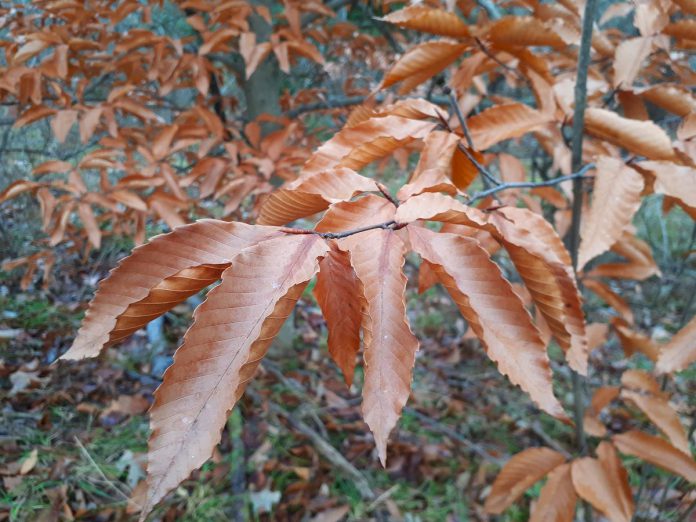
The first step in creating a winter garden is to observe and photograph your space from many angles. Try taking photos in black and white to better assess the textural interest in your garden.
Identify structural elements, such as evergreen trees and shrubs, or interesting views that you don’t see when summer foliage is in the way. These are great focal points in a winter garden. Don’t see any? Identify areas that could be enhanced by the addition of winter features.
Next, do some research about which plants offer winter value and are well-suited to the conditions of your site. Red osier dogwood (Cornus sericea) and American beech (Fagus grandifolia) are favourites of Vern Bastable, director of GreenUP’s Ecology Park and Landscape Programs.
“There are few other plants that contrast so well with freshly fallen snow as red osier dogwood,” Bastable explains. “It truly makes any scene look like the front of a lovely holiday greeting card. Plus, like all the dogwoods, the low-growing tender branches are the white bread of the forest for so many critters. It’s always neat to find the chewed-off tips of dogwood and try to guess who was snacking last.”
“Unlike most other trees, the American beech holds its leaves throughout the winter,” he adds. “The fresh snow on those yellow-brown leaves is always something to look forward to on a cold winter’s walk, as is the sound of winter winds rustling the leaves in an otherwise silent forest.”
Selecting the right plant takes time. No need to rush. After all, planting season is still months away!
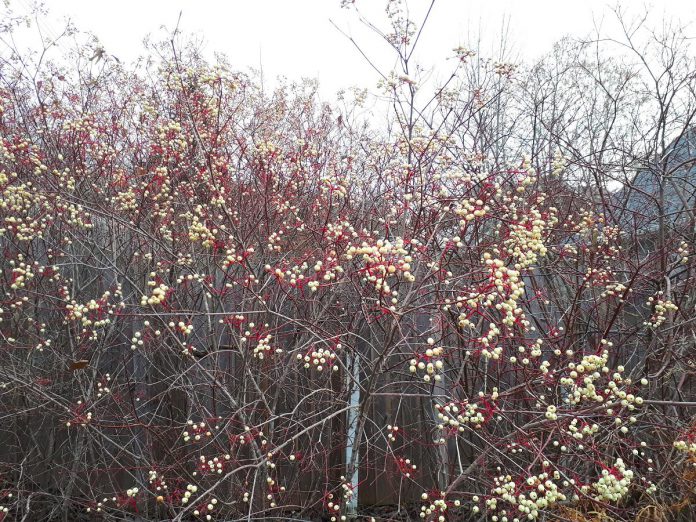
For more information on the growing conditions that these and other native species require, check out reputable resources, such as the University of Guelph Arboretum, the Missouri Botanical Garden website, or GreenUP’s Sustainable Landscaping Guide.
No garden? No problem.
Of course, you don’t need your own garden to appreciate winter’s beauty. There is much to see and do in the many parks and natural areas around Nogojiwanong/Peterborough.
You can even enjoy winter gardens virtually. For example, check out this three-minute winter tour at the Toronto Botanical Gardens with Director of Horticulture Paul Gellatly:
VIDEO: Take a walk through our winter garden with Paul Gellatly
Hayley Goodchild is coordinator of GreenUP’s NeighbourHOOD programs. For more information about home energy retrofits and resources for creating sustainable gardens, visit the GreenUP website at www.greenup.on.ca.











